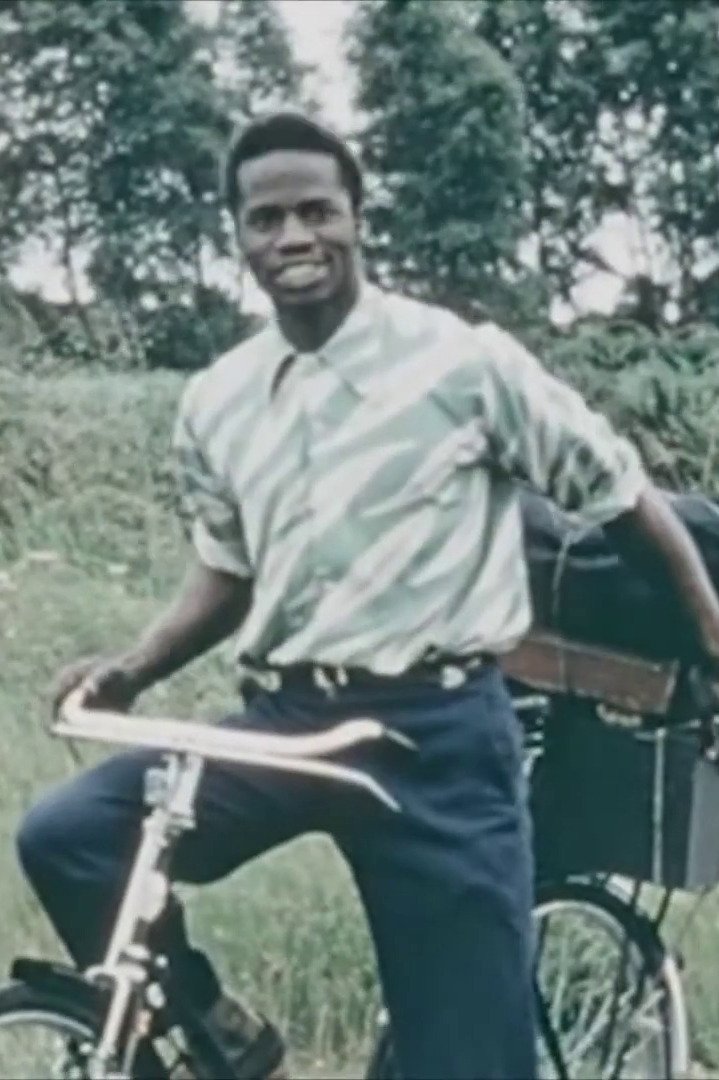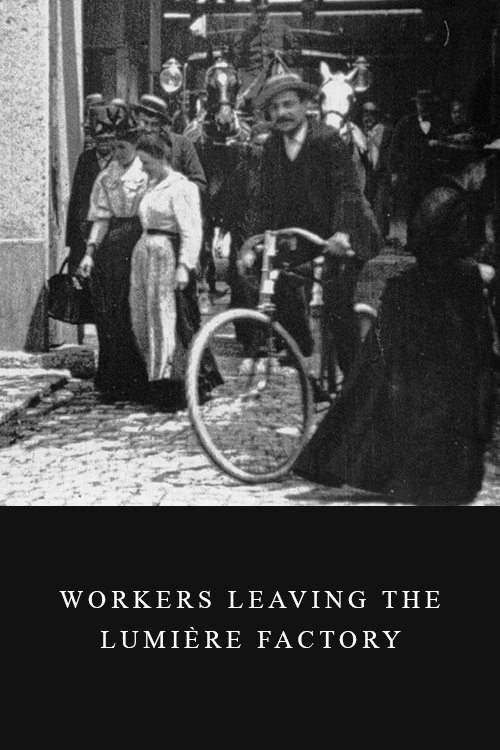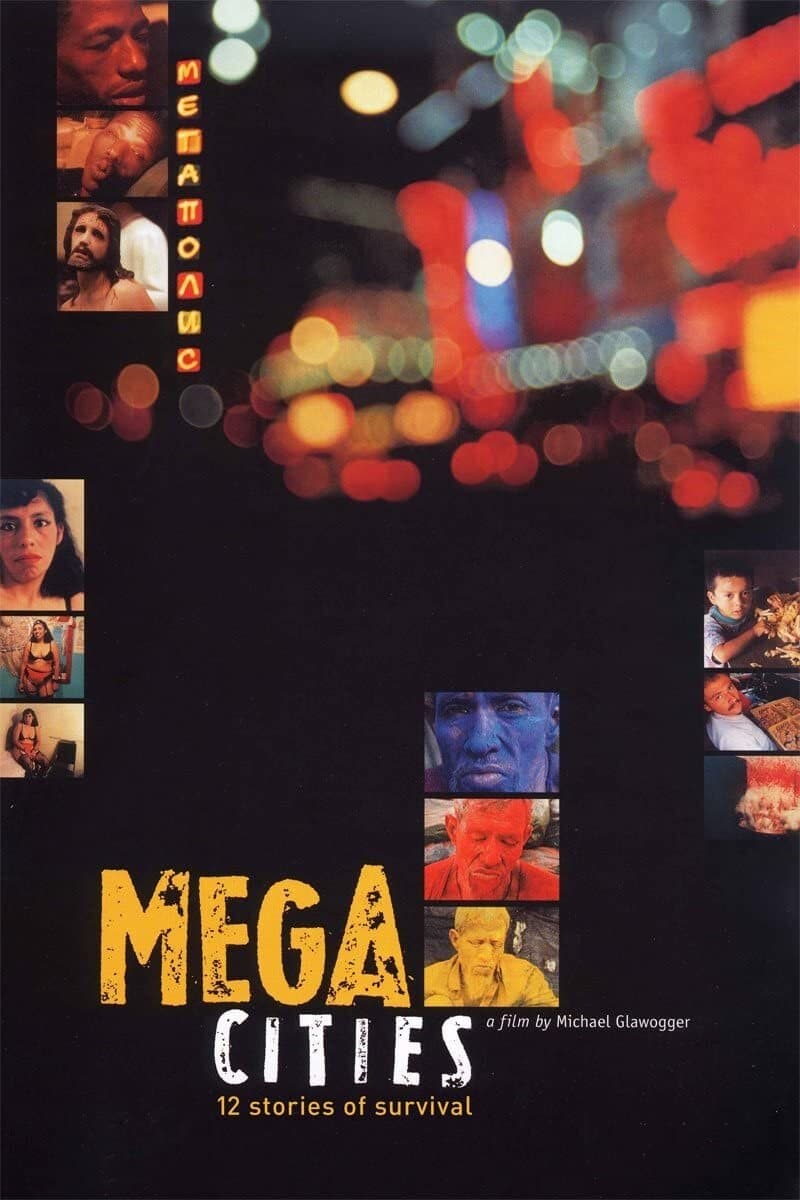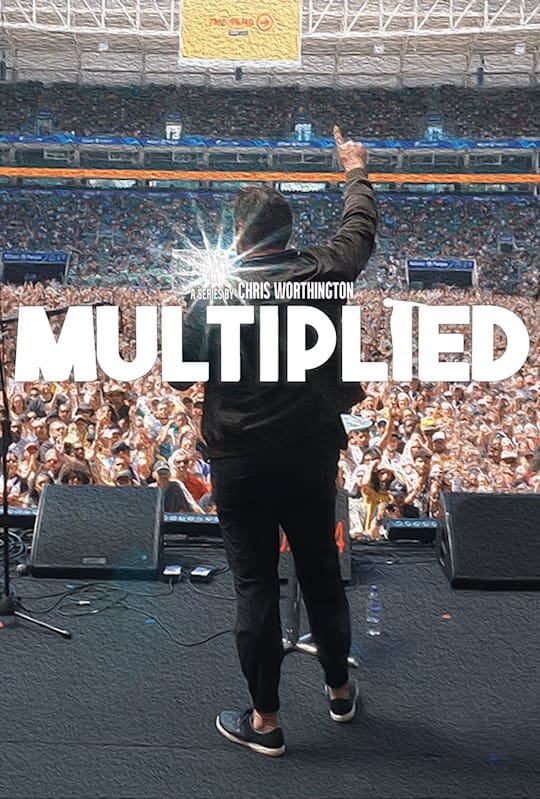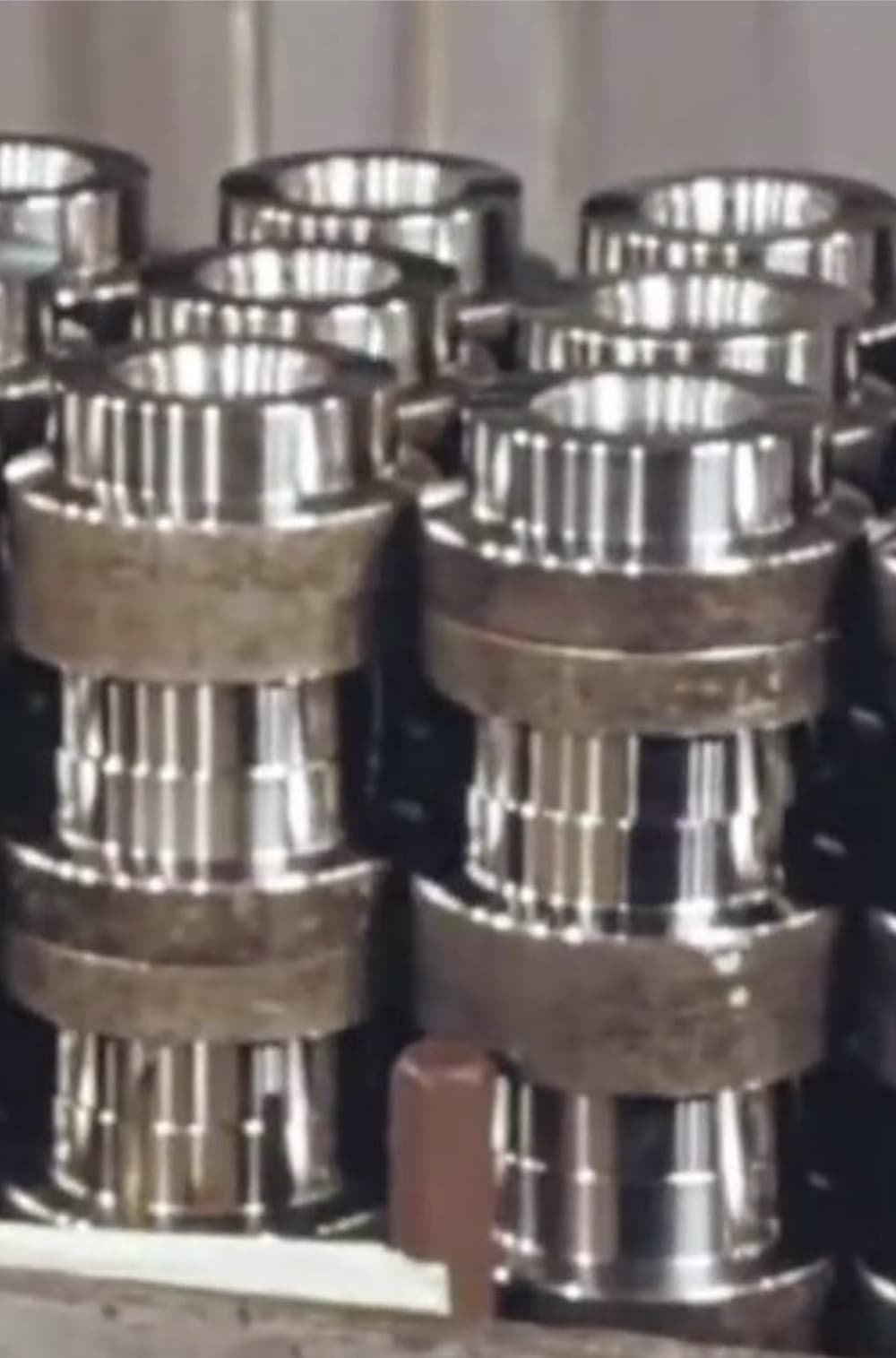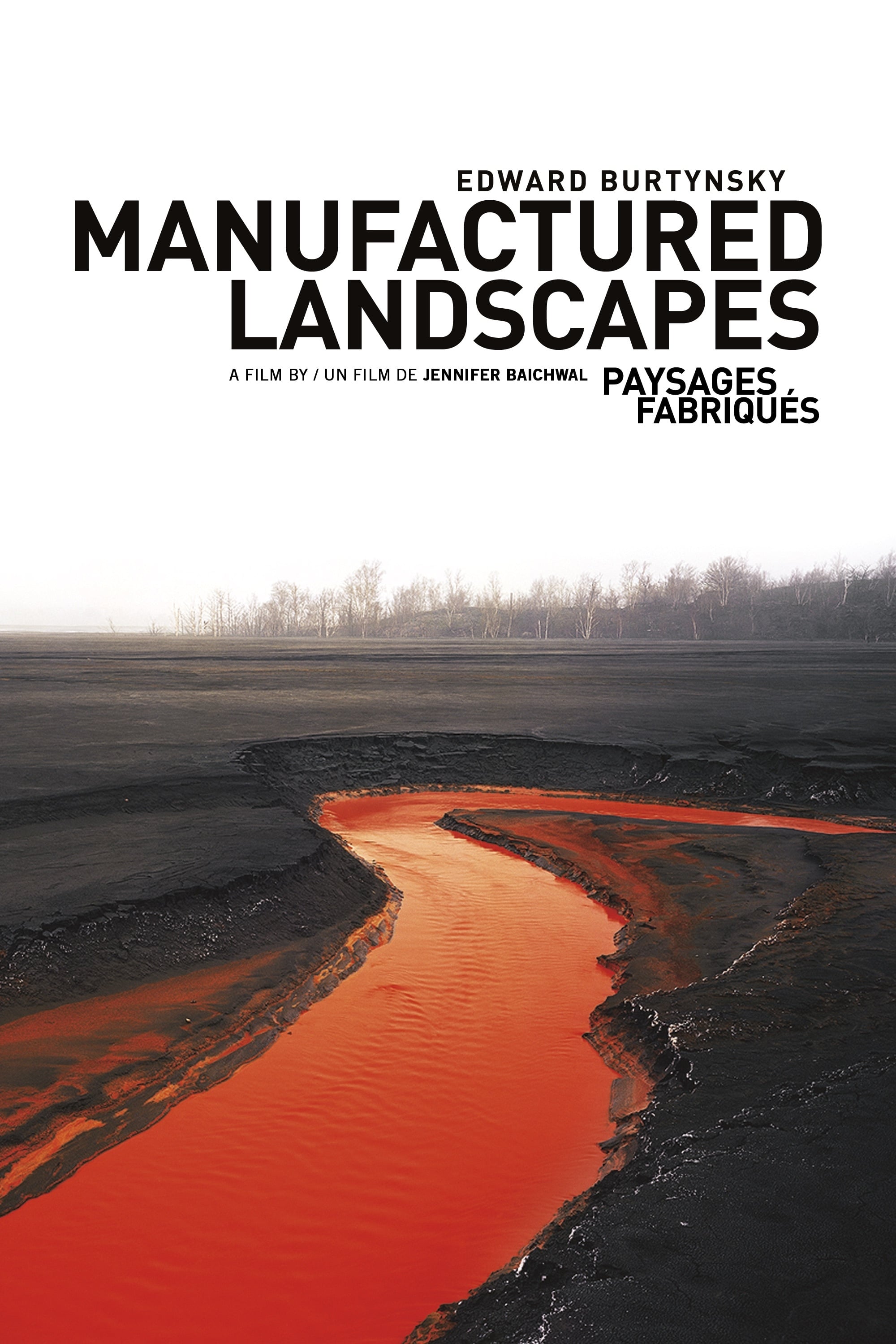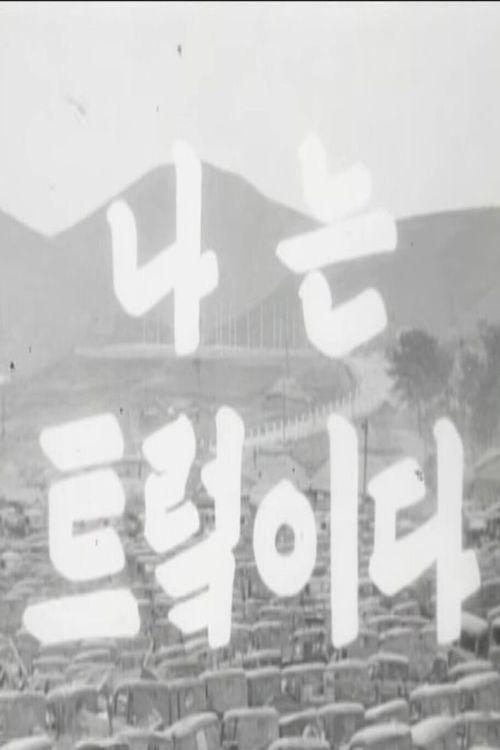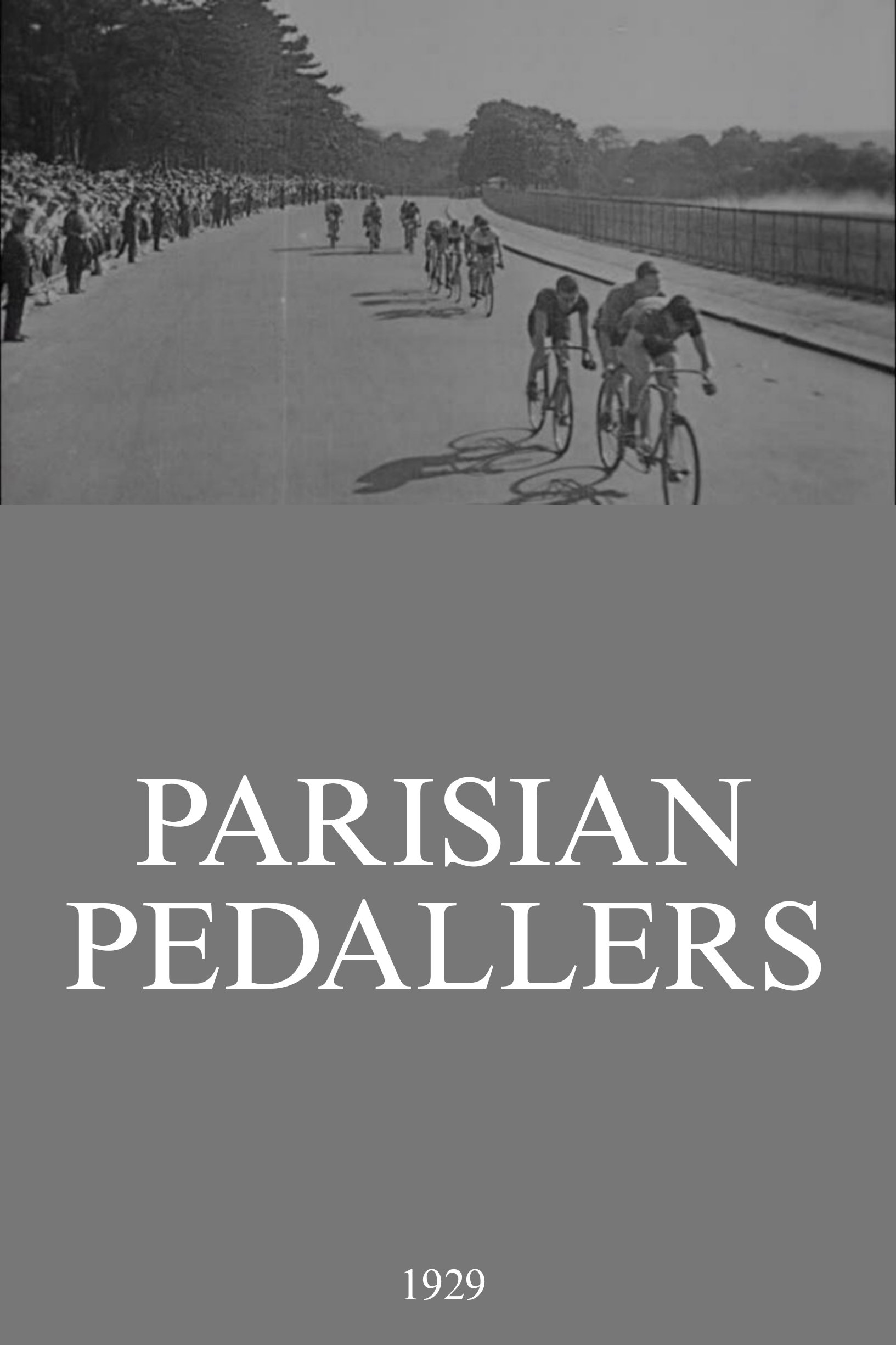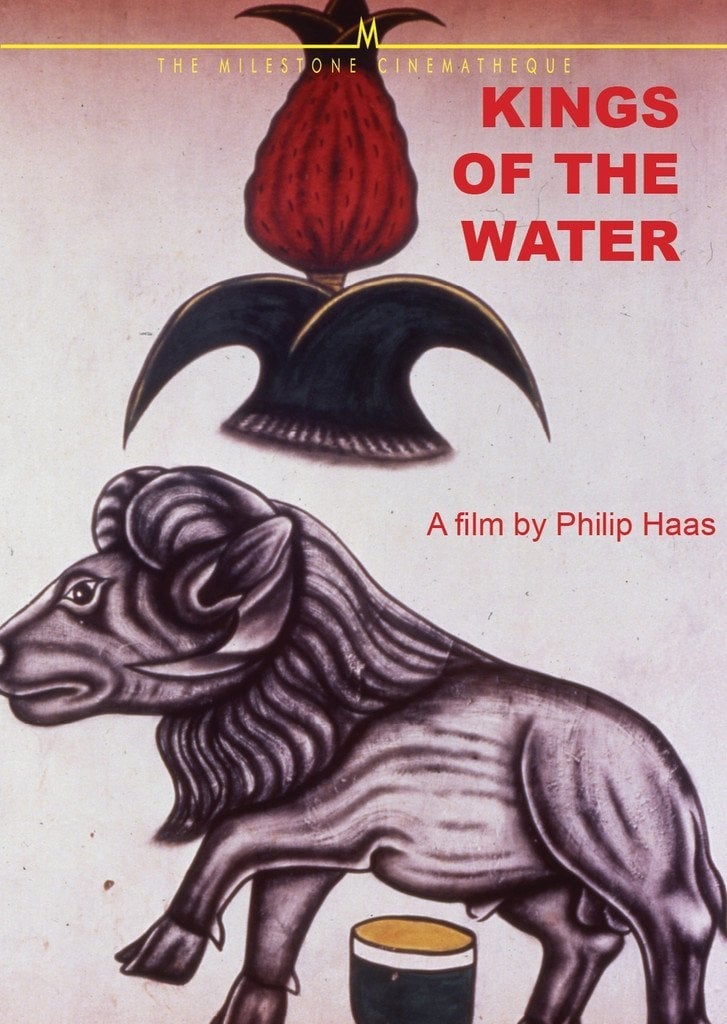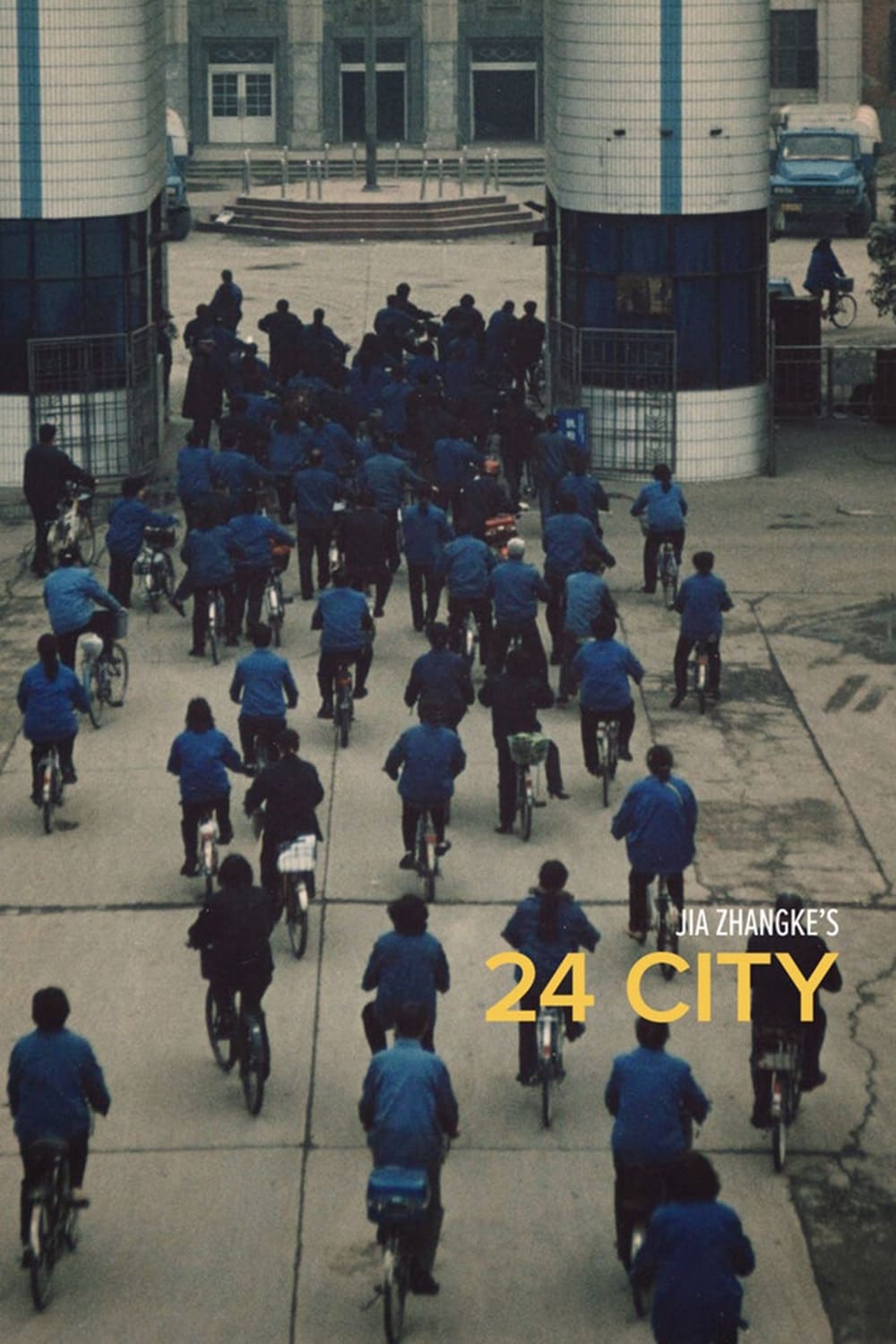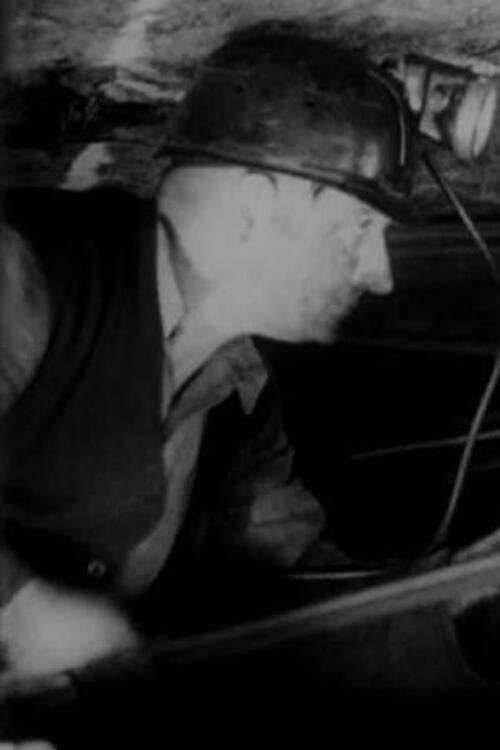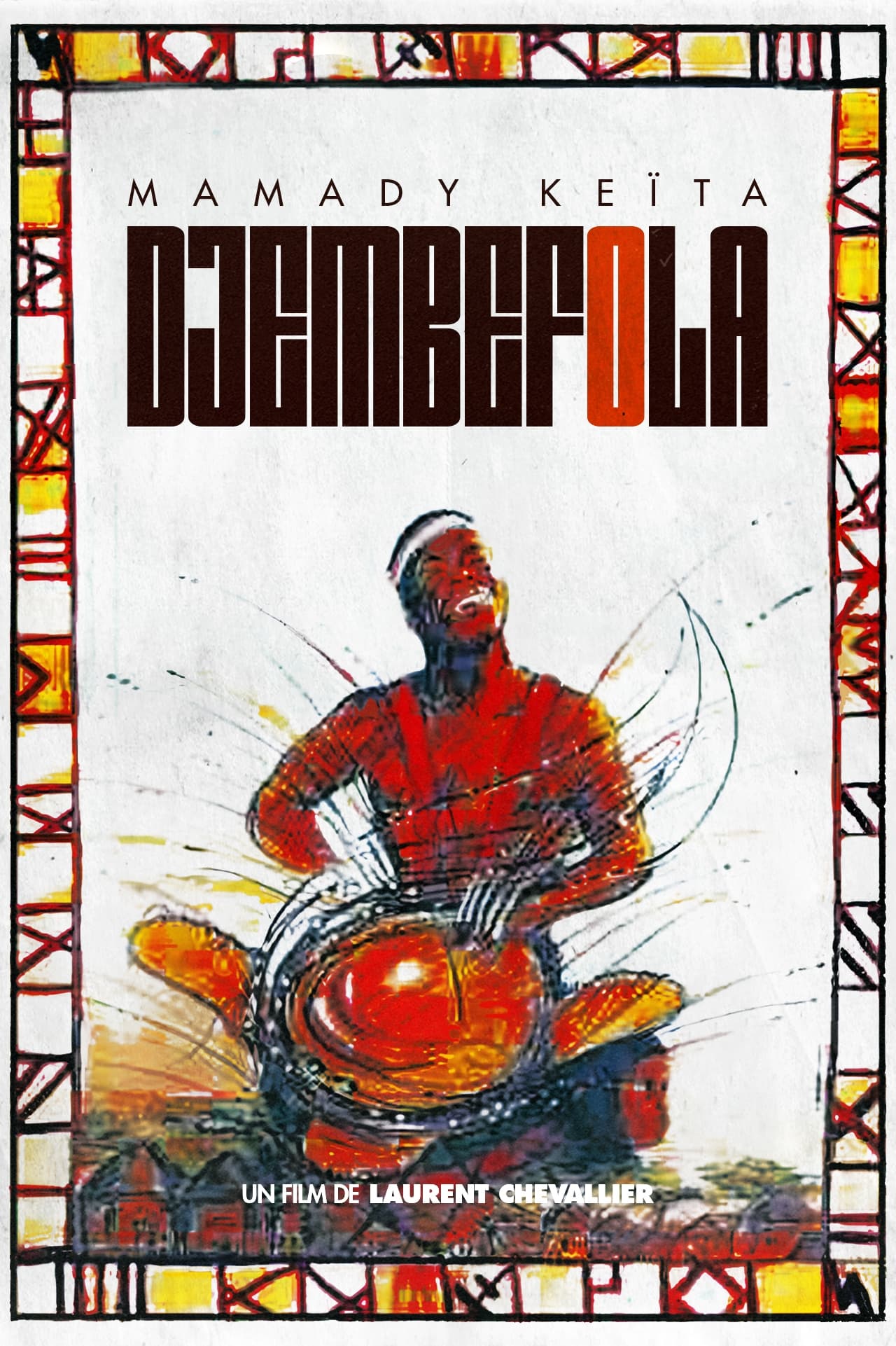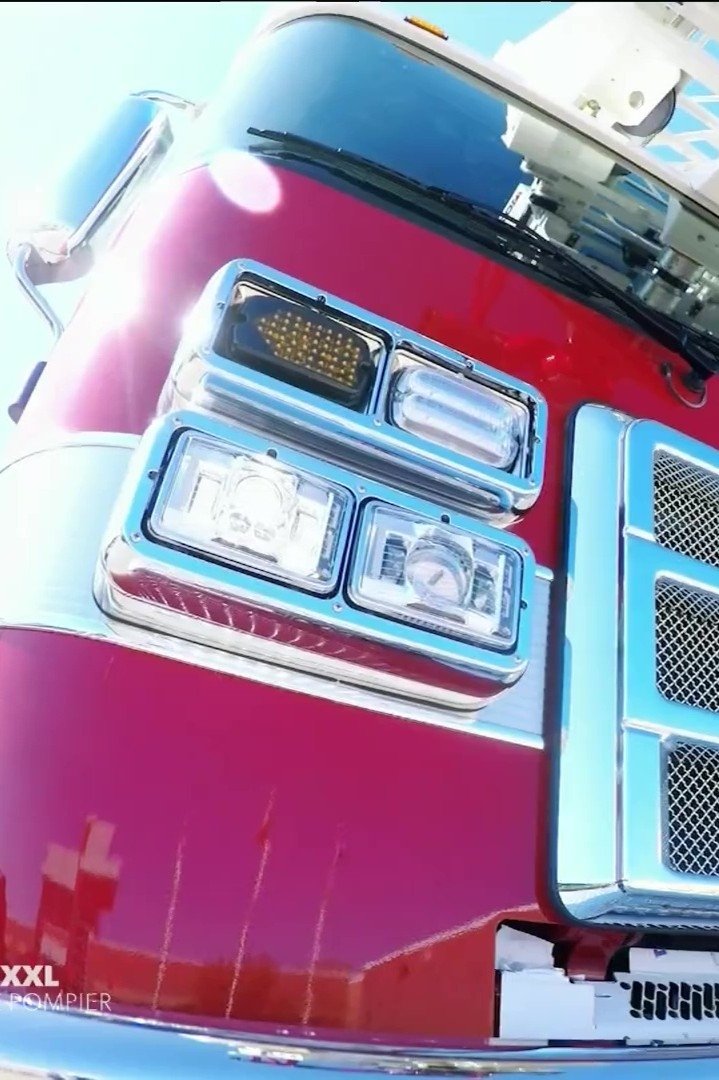Phillips Bicycles - Publicity Films for West Africa
1954
0h 5m
0.0(0 votes)
Documentary
Overview
From the West Midlands to West Africa: tour the Phillips bicycle plant in Smethwick and see the products in action overseas.
Production Companies

Videos & Trailers
1 video
Similar Movies
Recommended Movies

No Recommendations Yet
We're working on finding the perfect movies for you. Check back soon!
More movies coming soon
